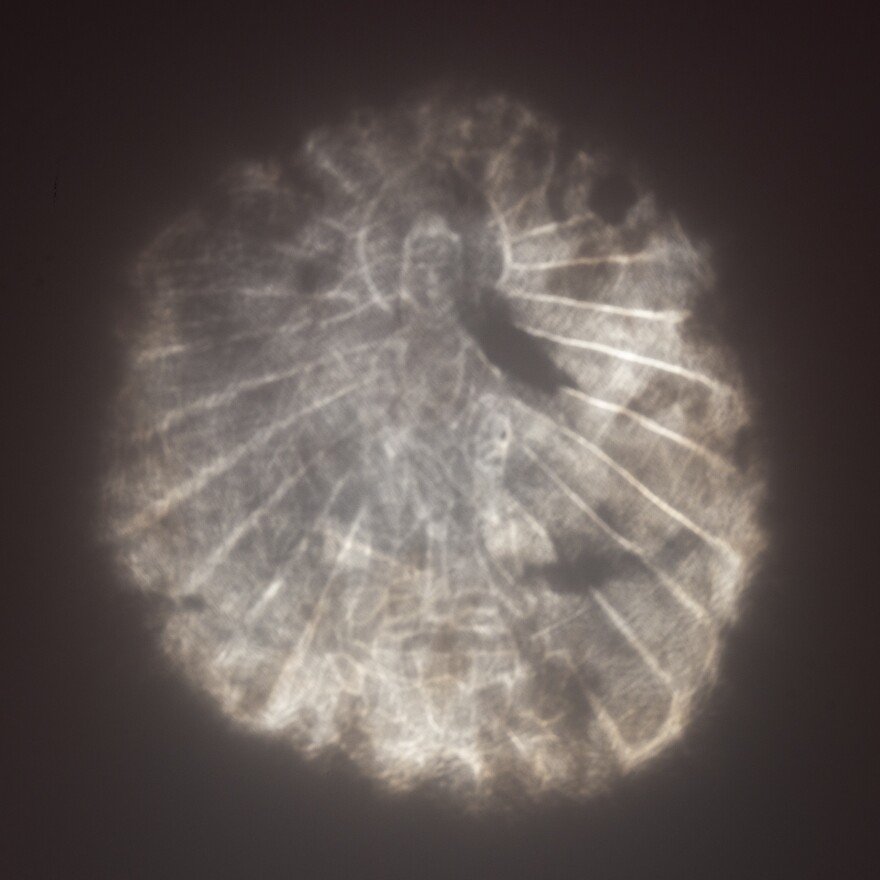A curator at the Cincinnati Art Museum uncovered a hidden treasure in the museum's collection. Hou-Mei Sung says a 21-centimeter bronze mirror thought to be from the 16th century had an unexpected feature. If you shine a light on it, it reflects a projected image of a Buddha.
“We all know that metal, light cannot penetrate it. That’s why they call it ‘magic.’ This one is even more magic, you can see, it’s a hidden image inside the mirror,” she says.
Sung says no one is quite sure exactly where the mirror came from — China or Japan — how old it is, or how it ended up in Cincinnati.
She says there's only a few in the world to compare it to. “All the other examples are about 24 centimeters so ours is slightly smaller. But the Buddha image it projects, I think, is really more detailed and more refined.”

It's been in the collection of the Cincinnati Art Museum since 1961, but no one was aware of its special properties. Sung says she was putting together an exhibit in 2021 and needed the mirror.
“We do not have too many Buddha statues. So I found this Buddhist prayer sort of a mirror. I thought it could be displayed. And then I started research. And that’s how I found one magic mirror with similar characteristics in other museums,” she says. The mirror was used in a 2017 exhibit about Japanese armor, but Sung can't say conclusively whether it was Japanese or if it actually came from China.
She does enjoy the mystery. "One of the most exciting things for a curator, for me, is to do research on the things in a museum. Many of them lead me to interesting stories."
Sung is working with a professor of metallurgy at UC to determine just how the effect was created.
The mirror will be on permanent display at the Cincinnati Art Museum starting July 23.



